Annual General Meeting & Lectures 2024
Date: Tuesday 16th April, 2023, at 4pm
Location: Kelvin Hall Lecture Theatre, Argyle Street, University of Glasgow, 1445 Argyle Street, Glasgow, G3 8AW (and online)
Free, registration required
We would like to welcome you to join us for the 177th Annual General Meeting – our first AGM to be held in Scotland! The Annual Report of Council will be presented, along with the income and expenditure Accounts for the year ended 31st December, 2022, and council members will be elected for the ensuing year. This will be followed by awards and prize-giving, including the inaugural Marsh Palaeoart Award, and the Annual Lectures (see below).
Tea and coffee will be available from 3.30 pm. The AGM and our annual address are open to the all members of the Society, and the interested public. Attendance is free, but registration is necessary.
CLICK HERE to register for the event
Annual Lectures
Our Eighteenth Annual Lectures will take place following the AGM, at 5.30 pm. This year’s speakers are:

Dr Christine Strullu-Derrien (Department of Earth Sciences, Natural History Museum, London, and Institut Systématique Évolution Biodiversité)
ILLUMINATING THE MICROBIOTA OF THE RHYNIE CHERT USING NEW IMAGING TECHNIQUES
The Rhynie cherts are iconic fossil deposits from the Devonian Period (ca 400 million years old) that provide a unique view of an early terrestrial ecosystem. The environment was a geothermal wetland that contained fully terrestrial and aquatic elements preserved in situ or close to their sites of growth.Fossilization occurred through episodic inundation of the biota with fluids from a nearby hot-spring system, and the resulting silicification preserved organisms in exquisite detail. The flora is dominated by small herbaceous plants, typically less than 20 cm in height. Preserved alongside the plants are a variety of aquatic and terrestrial arthropods and numerous microorganisms such as cyanobacteria, algae, fungi, oomycetes (fungus-like organisms) and testate amoebozoans.
This presentation will focus on the recent work I do, in collaboration with colleagues, to document the microbial components of this system and their interactions with the plants and the arthropods. Material examined includes historic petrographic thin sections housed in museums and recently made thin sections. Our main imaging tools are brigthfield and Confocal Laser Scanning Microscopy (CLSM). CLSM allows us to document microfossils in unprecedent detail by improving image clarity and enabling their digital reconstruction in three-dimensions. Recently, we have been experimenting with Fluorescence Lifetime Imaging (FLIM) to distinguish among certain classes of organism (e.g., fungi, plants).

Dr Alan Owen (School of Geographical and Earth Sciences, University of Glasgow)
UPPER ORDOVICIAN TRILOBITES IN BRITAIN AND IRELAND: BIOSTRATIGRAPHY, DEPTH-DISTRIBUTION, DIVERSITY AND DOOM
Most of the major Upper Ordovican trilobite faunas from Britain and Ireland are well documented including key works in several Palaeontographical Society Monographs published from the early 1900s until the late 1970s. Others remain to be described or updated and work continues on some of these. Many species, especially trinucleids, have an important role in the correlation of units containing shelly faunas within Britain and Ireland and, in some instances, beyond. The trilobite faunas are known from a wide range of sedimentary environments ranging from pure carbonate depositional settings to largely siliciclastic environments extending from the shelf into much deeper waters. The deeper water faunas show an increase with depth in the proportion of large-eyed pelagic taxa and benthic species lacking or having reduced eyes. This, highly conservative, ‘cyclopygid- atheloptic’ faunal association has been recognised over the past 40 years at various levels of the Ordovician in many parts of the world. Probably the most diverse Upper Ordovician example is from Girvan, south-west Scotland. The taxonomic diversity of trilobites in the Anglo-Welsh area shows an overall increase to a peak prior to very low diversity faunas of
the latest Ordovician Hirnantian Stage. At genus level, this pre-Hirnantian diversity increase is contrary to the global trend and reflects the immigration of taxa from Baltica and Laurentia
as the Iapetus Ocean closed and also the increasing variety of environments present in the area. Analysis of the fate of trilobite genera present in Britain and Ireland prior to the Late Ordovician Mass Extinction event shows very spectacularly the greater concentration of extinctions in deeper water settings. This included the demise of trilobite taxa living in the water column.
